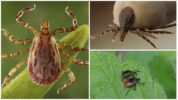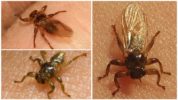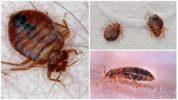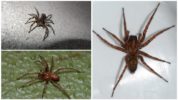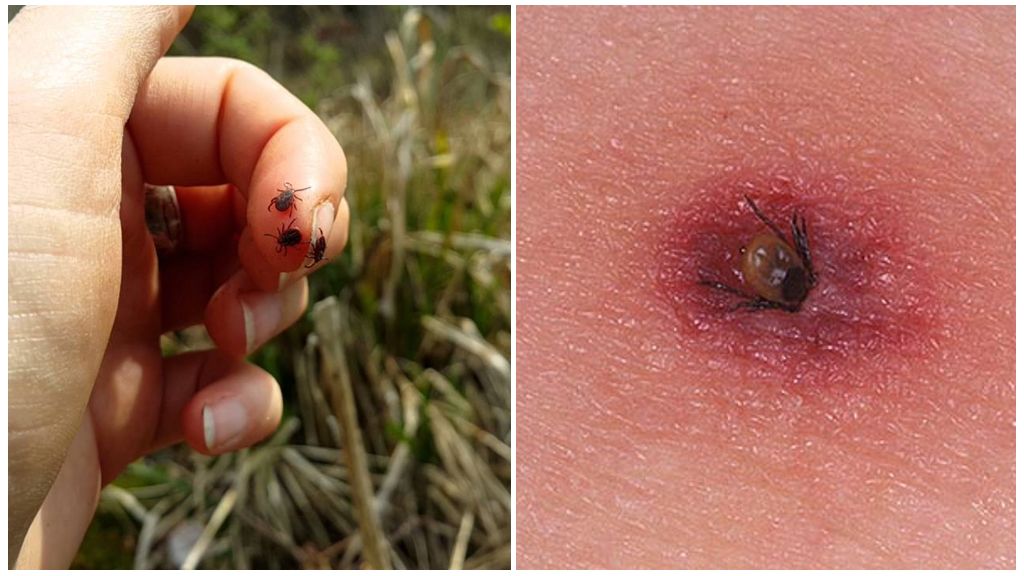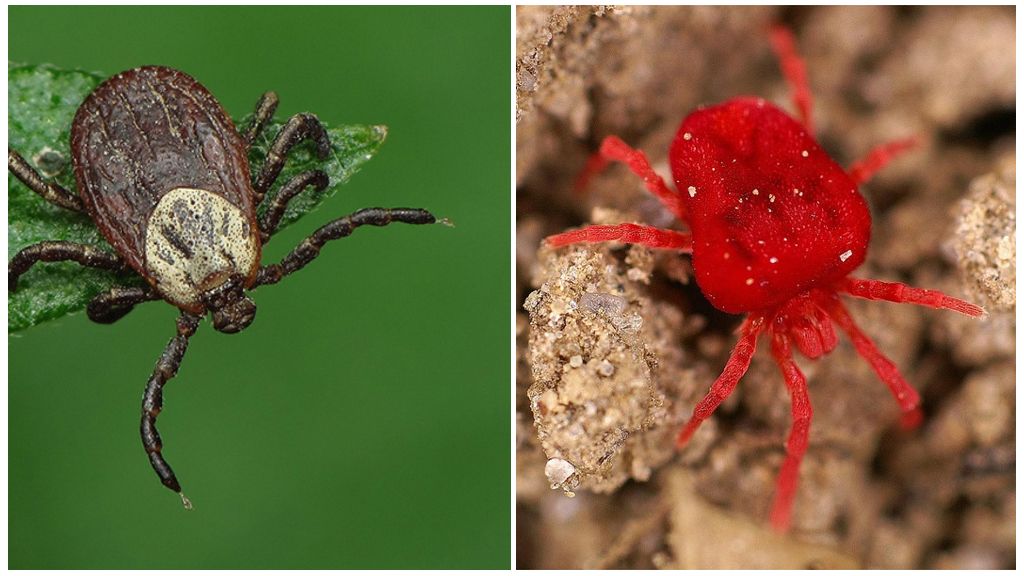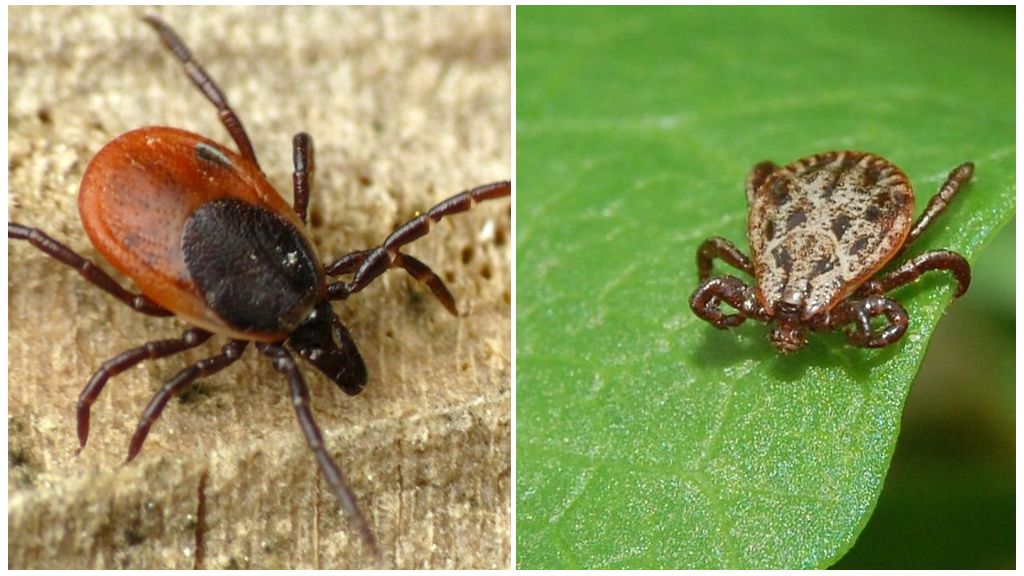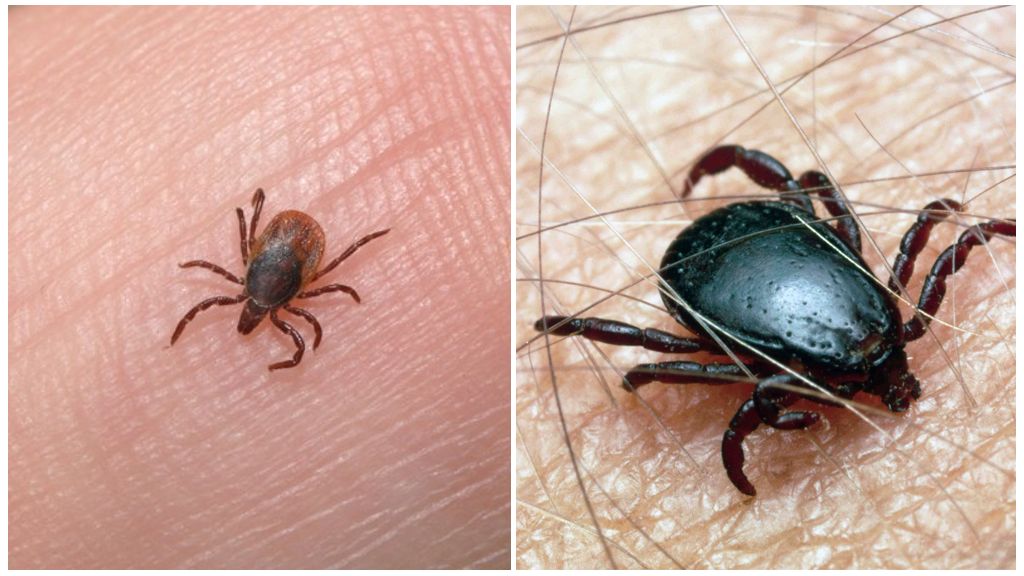- Mite
- Bloodsucker deer
- Bed bug
- Spider
Mites, similar to ticks, cause a lot of trouble to a person. True tick is carrier of dangerous diseases. After bite it is advisable to seek help from specialists, and tick to be tested in the laboratory. Insects that look like ticks can be completely harmless, so it's best to know who you have to deal with.
Short description of the tick
When viewed through a magnifying glass mite outwardly resembles a crustacean. Having carefully studied the limbs, you can notice a similarity with spider. Specialists attribute this creature to a subclass of arthropods, the class of arachnids.
Interesting!
In everyday life, people are accustomed to calling parasites insects, but this statement is incorrect. If you answer the question, a tick is an insect or arachnid, reliably classify the parasite as a spider. The clan has about 54 thousand representatives, of which 144 are minerals. The most amazing thing is that the tick is an animal, which many do not even know about.
Body length from 0.2 mm to 5 mm. The body is divided into two parts or whole. It has a convex shape. Larvae are six-legged, adults have 4 pairs of paws. Color gray, brown, brown, red.
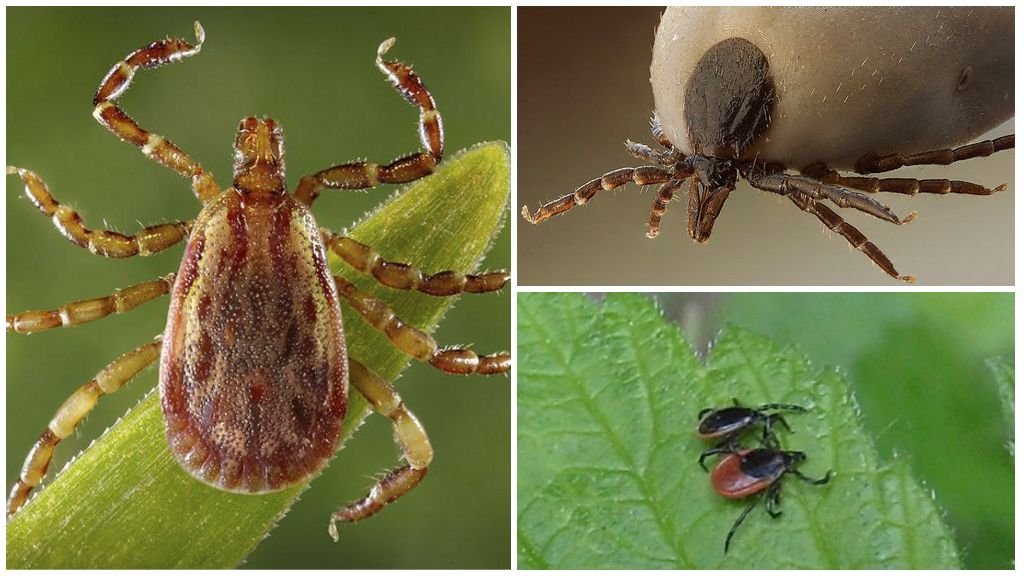
The tick lives in the wild, loves deciduous trees, shrubs, tall grass. It attacks mainly animals, but can lurk on the human body. It bites behind the neck, back, shoulders, rarely - the stomach, legs, arms.
Tick-like beetles
In nature, there are many insects that resemble mites externally or by features of their vital functions.
Bloodsucker deer

An amazing creature that looks like a tick, flea, fly. It has a relatively powerful trunk, tenacious legs with claws. A distinctive feature is the presence of transparent wings, three pairs of limbs. The insect prefers a sunny area with deciduous trees, shrubs, thickets, tall grass.
Attack wild animals, deer, elk, cattle. They feed on blood, are carriers of dangerous diseases - fever, Lyme disease.
On a note!
Elk tick attacks a person if for a long time she could not find a master among animals. It doesn’t live on the body for a long time, but for some time it sticks into the skin, drains the blood. Thanks to this lifestyle, people often confuse it with a tick.
Bed bug

It is problematic to detect this insect, since it leads a hidden lifestyle, activates its parasitic activity at night. Eats bed bug exclusively by human blood. Builds nests in the room where the person sleeps. Favorite places - under the mattress, carpets, on the couch, home decoration, books, at the joints of furniture.
You can distinguish a bug from a tick by appearance, lifestyle.
- The body of a bed bug in a hungry state is flattened; after a hearty meal, it acquires a convex shape.
- 6 pairs of limbs in larvae of any age, adults.
- Bed bugs and ticks feed on blood, but the former prefer humans, while the latter prefer animals.
- Bed bugs stay on the body at the time of feeding, spend most of their life in nests, actively reproducing. For meals, choose the time from 3 am to 8 am.
- It is problematic to notice the presence of a living parasite in bed, while a dead body is easily detected after a night meal. A well-fed bug is a vulnerable creature that dies with the slightest pressure on the body.
On a note!
A tick bites in one place, does not live on a person longer than 3 days. The bedbug makes regular raids, leaves paired track bites. The systematic nature of attacks is characteristic. With a small infection of the room 1 time in 7-10 days. Pest can be distinguished by these symptoms.
Spider
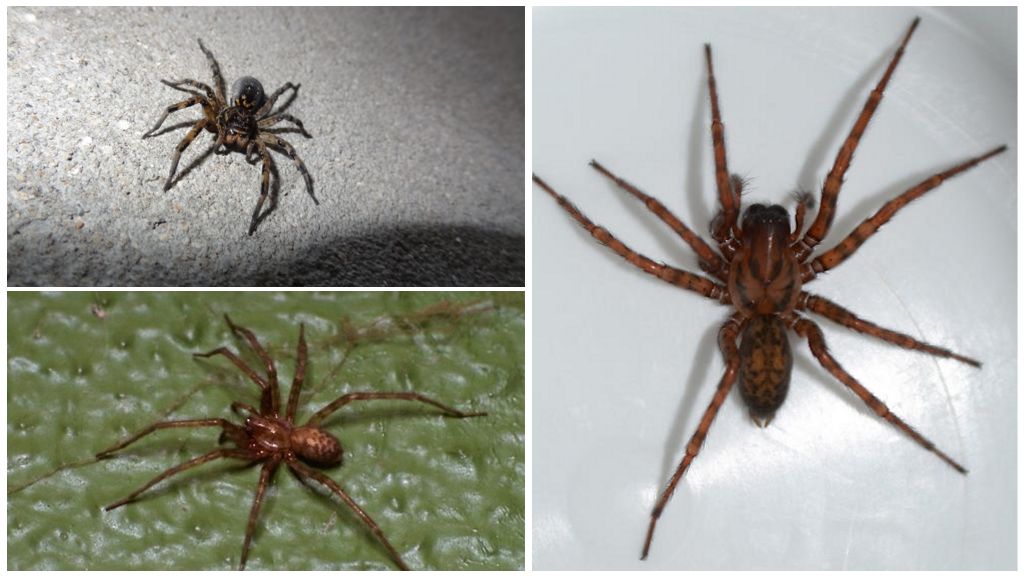
Arachnid mites have much in common with spiders, because they belong to the same class. However, if we are talking about representatives of our area, to distinguish one creature from another is very simple.
Spiders have a convex body shape, four pairs of limbs, a solid ecoskeleton, which practically does not stretch. They feed on insects, small animals. Hiding from the sunlight. People are not absolutely interested in them; they appear “by mistake” on the body.
You can distinguish a tick from a spider by its characteristic web. Arthropods form their networks for the victim. Butterflies, flies, larvae, mosquitoes, and other small insects easily come into the web. Less commonly, spiders attack themselves.
A tick can be distinguished from other insects by external characteristics, vital signs, and nutrition. Parasite is active in the warm season, found in the wild, forest belts, city park, in the yard on green vegetation. It is not always possible to immediately determine the presence of a pest on the body. The main symptoms are itching, swelling, redness, and sometimes a sucking parasite.
